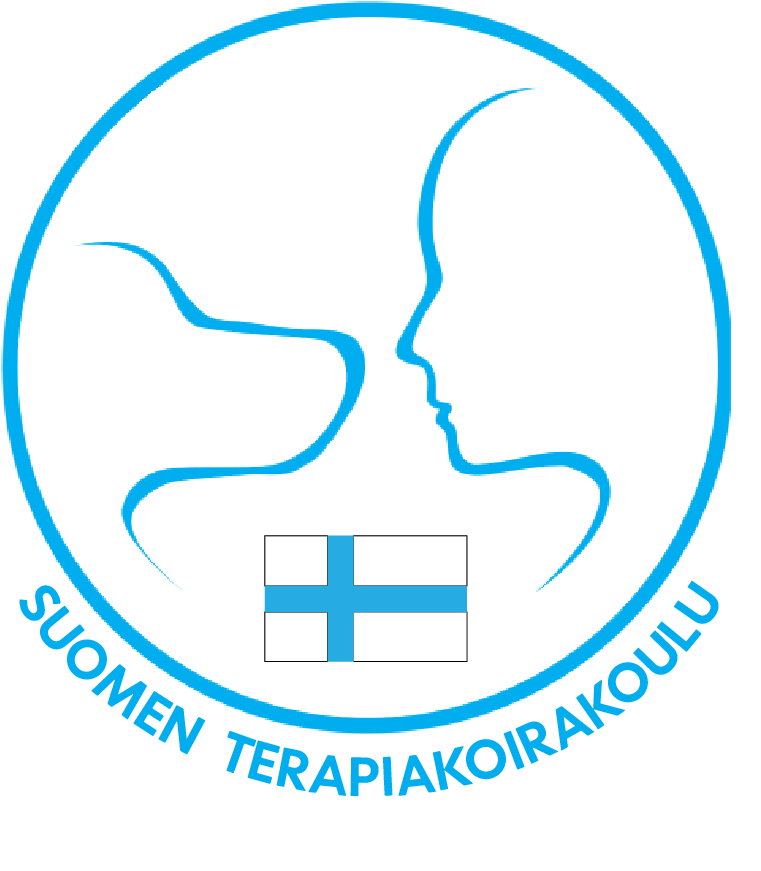The Limits of Agreement Translate: What Every Copy Editor Should Know
As a copy editor, it`s essential to understand the importance of using accurate and precise language when conveying ideas. This is especially true for technical terms, such as ”limits of agreement translate.” In this article, we`ll explore what limits of agreement translate means and why it matters.
Firstly, let`s define what ”limits of agreement” mean. Limits of agreement refer to the range of values within which two different methods of measuring the same thing are expected to agree. For instance, imagine that two doctors measure the blood pressure of a patient. If the limits of agreement between their measurements are too broad, then one doctor`s reading could be considered too high or too low relative to the other doctor`s. In this example, a smaller limit of agreement would suggest that the doctors were measuring the blood pressure of the patient more accurately.
Now let`s get into what ”limits of agreement translate” means. In short, it is a term used to describe the degree to which measurement methods can be translated between different languages. This term is particularly relevant for international studies that aim to compare or combine data across different countries or cultures.
When researchers conduct studies across multiple countries or languages, they need to ensure that the questions they ask and the way they measure outcomes are equivalent across linguistic and cultural contexts. This involves translating questionnaires and other measurement tools from one language to another. However, this is not always straightforward, and the resulting translations may not be entirely accurate. This can lead to problems when attempting to compare data across different languages and cultures.
The limits of agreement translate can be used to assess the extent to which translations of measurement tools are equivalent across different languages. It involves comparing how well participants in two different countries agree on the same measurement tool.
For example, imagine two researchers are conducting a study on sleep quality, one in Germany and one in the United States. They both use the same questionnaire, but the questionnaire has been translated into German for the German study. The researchers can use the limits of agreement translate to determine whether the German translation of the questionnaire measures sleep quality in the same way as it does in the United States. If the limits of agreement are too broad, it suggests that the translated questionnaire is not equivalent to the original questionnaire, and the data cannot be accurately compared between the two studies.
In conclusion, the limits of agreement translate is an important concept for both researchers and copy editors to understand. As a copy editor, it`s important to be aware of technical terms such as limits of agreement translate and to ensure that they are used accurately and precisely in articles and other forms of communication. By doing so, we can help ensure that scientific research is conducted accurately and that our readers can understand the concepts presented.
